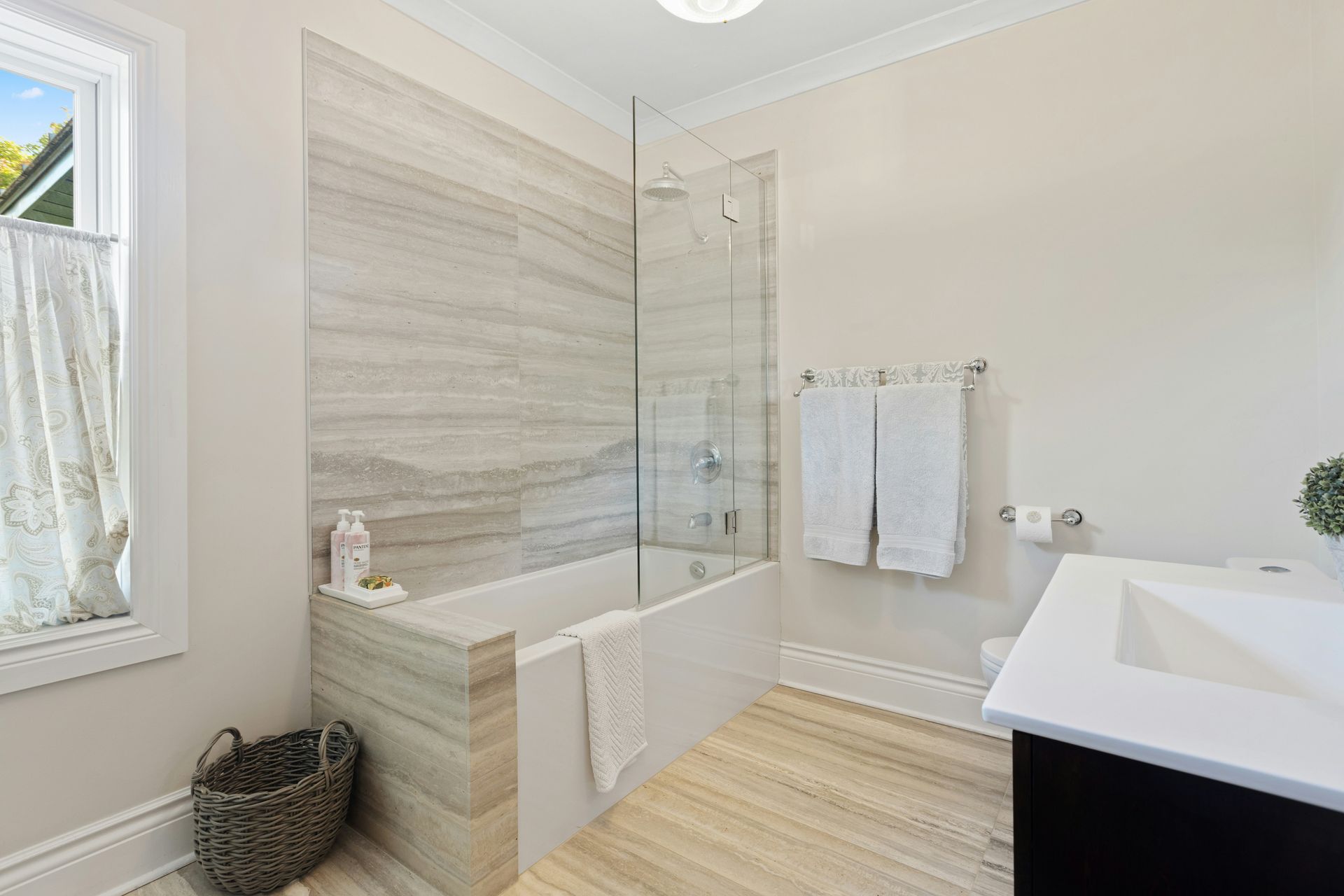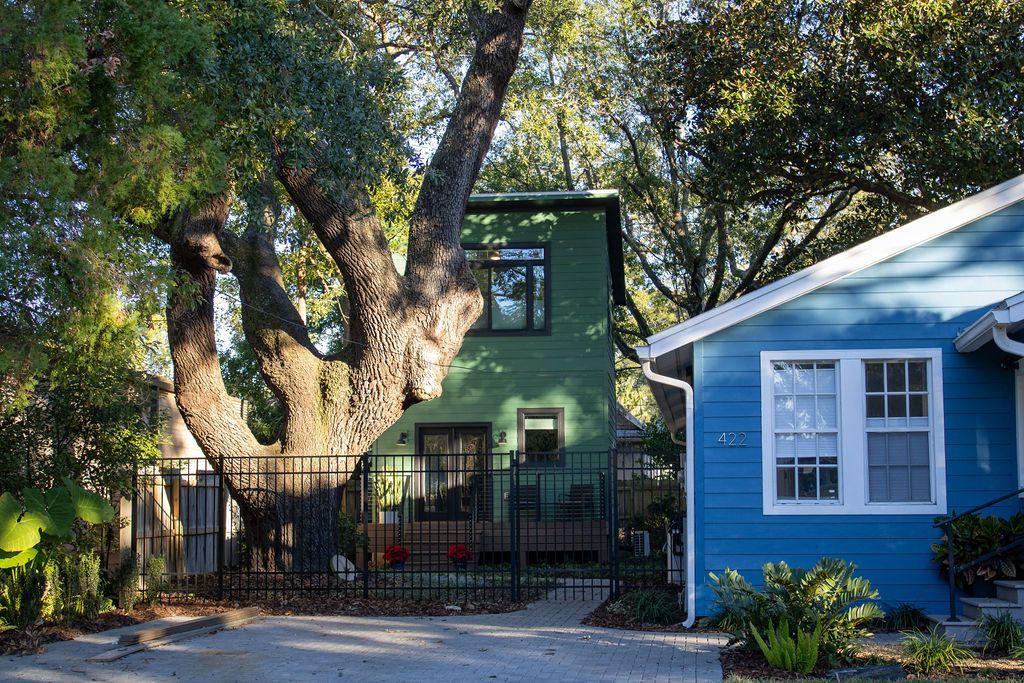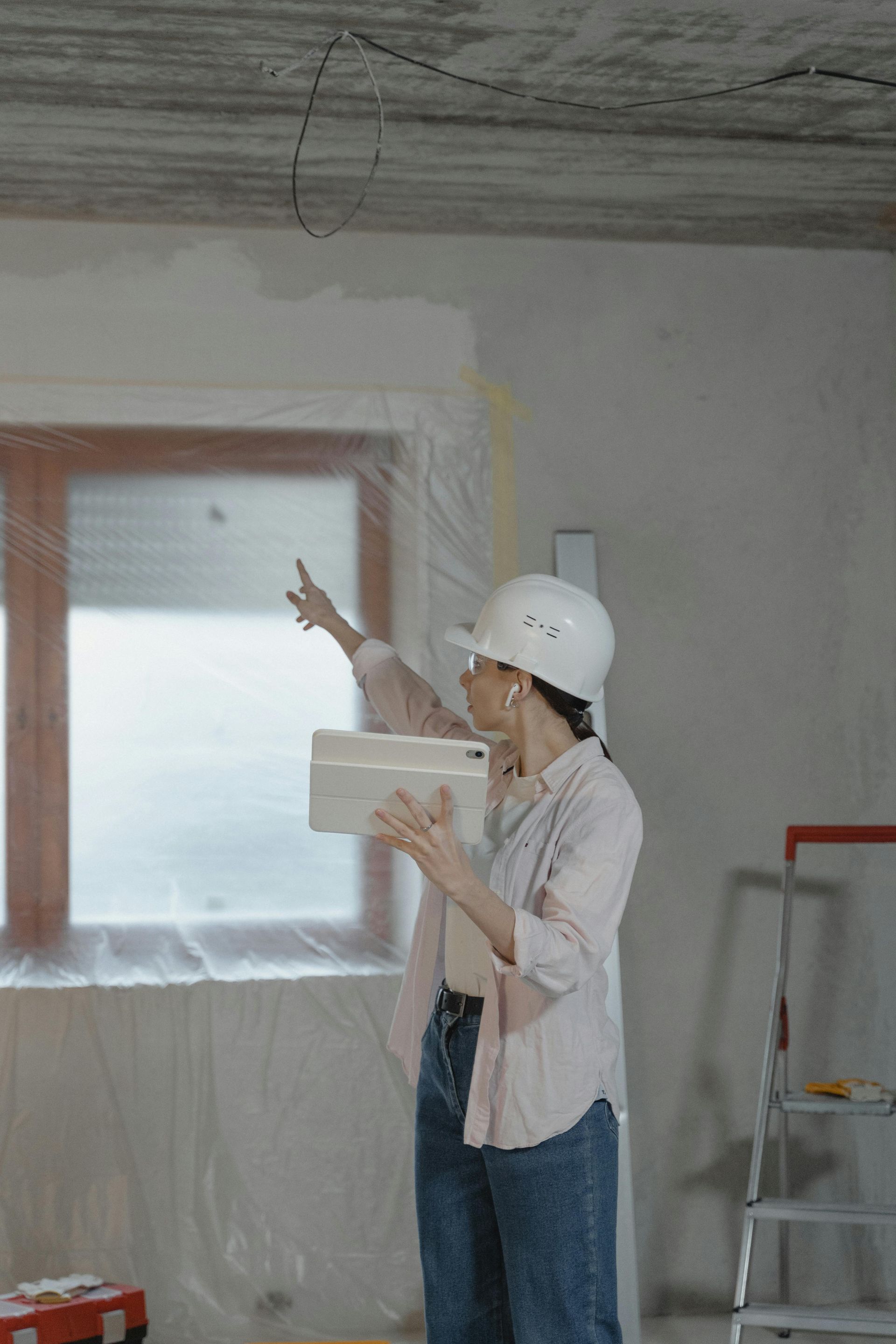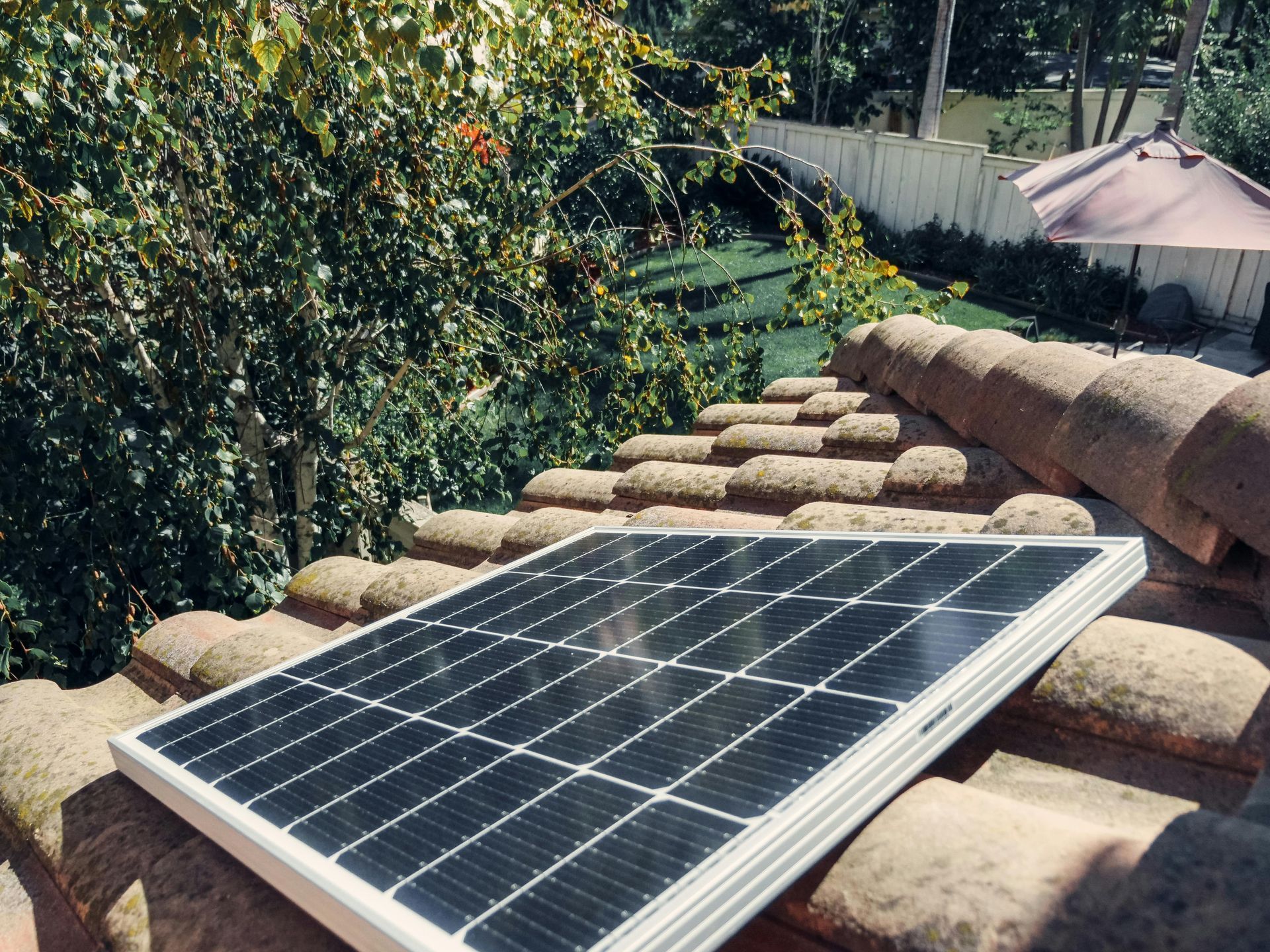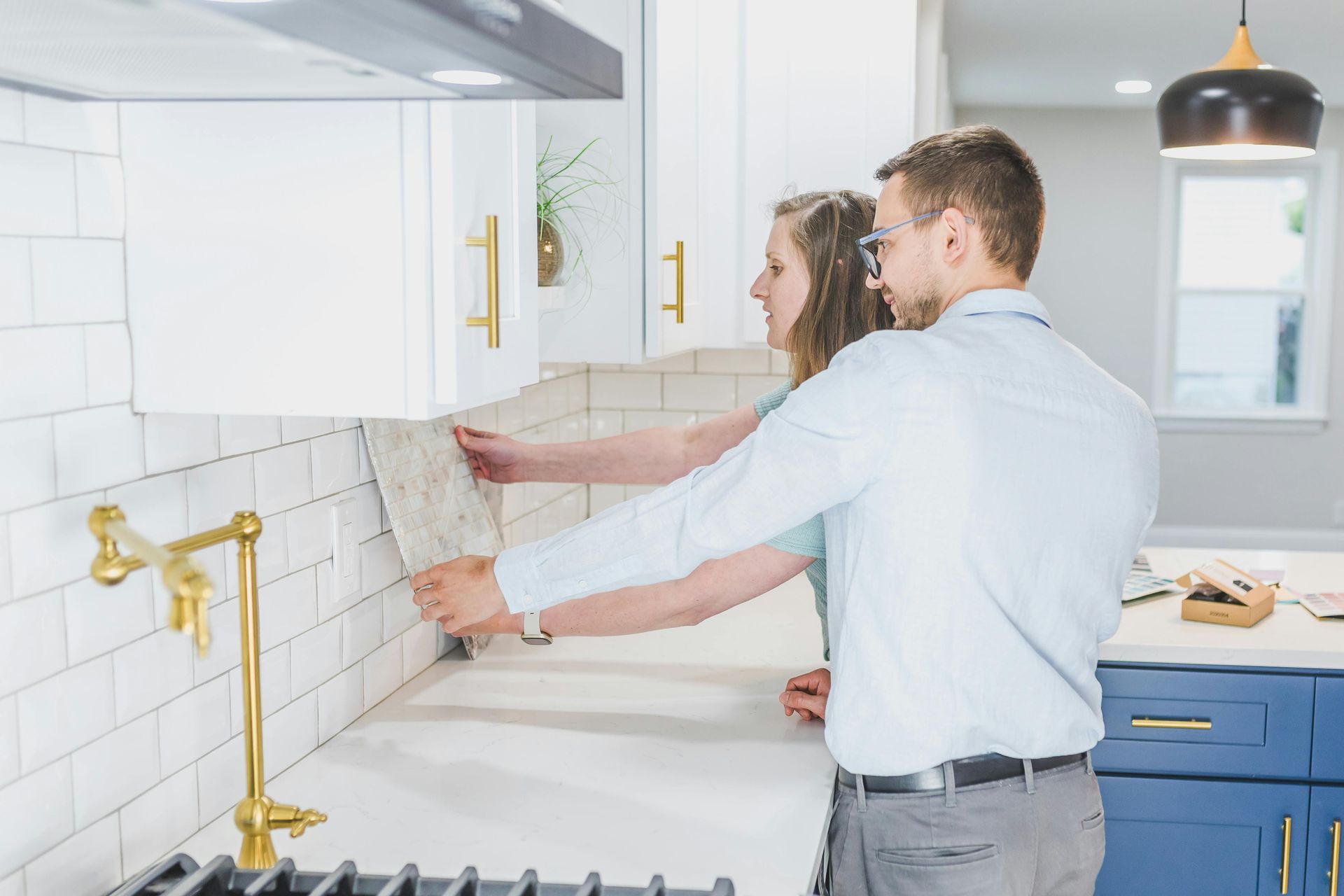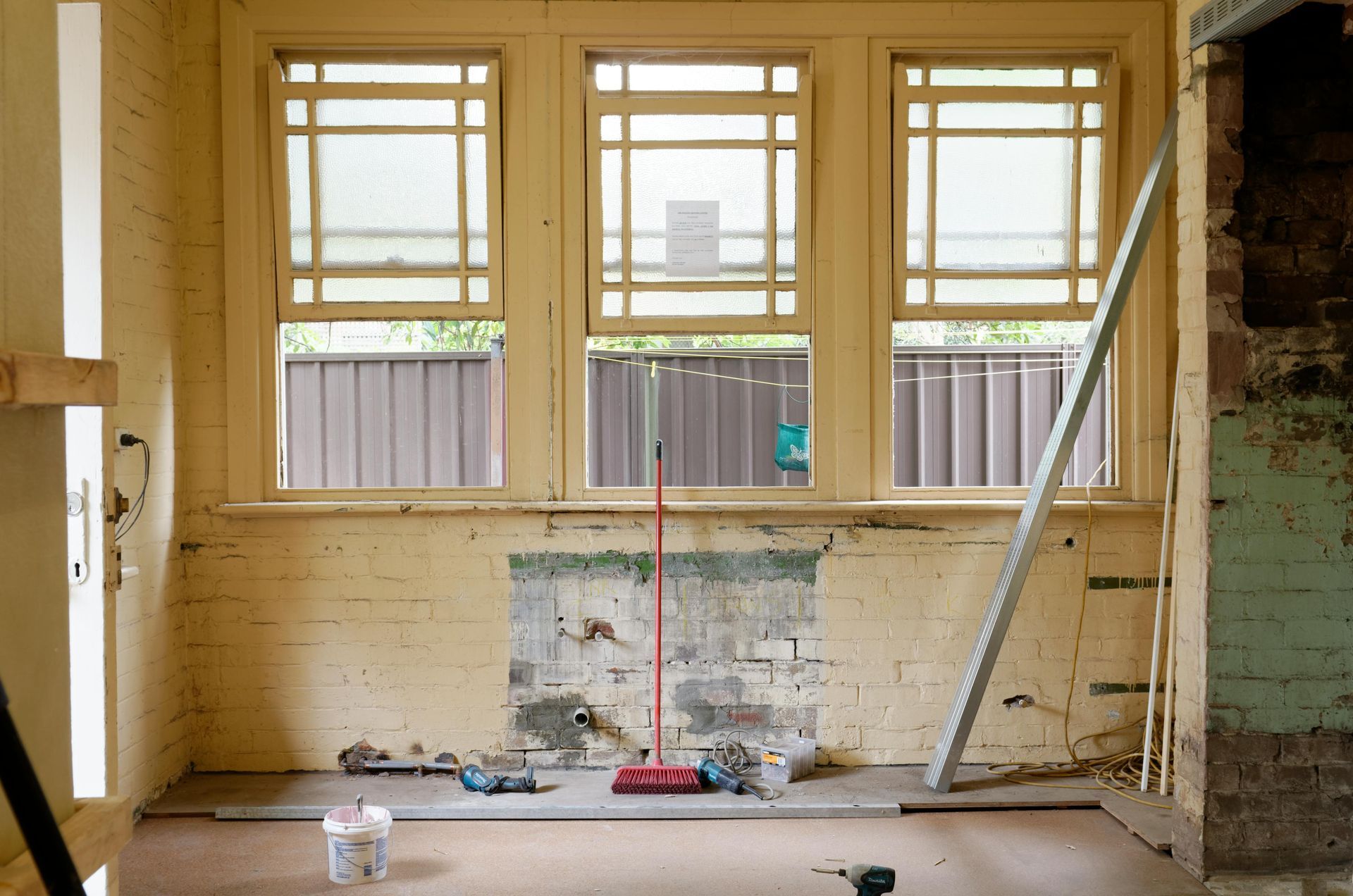Sunroom Additions: Cost, Design, and Benefits
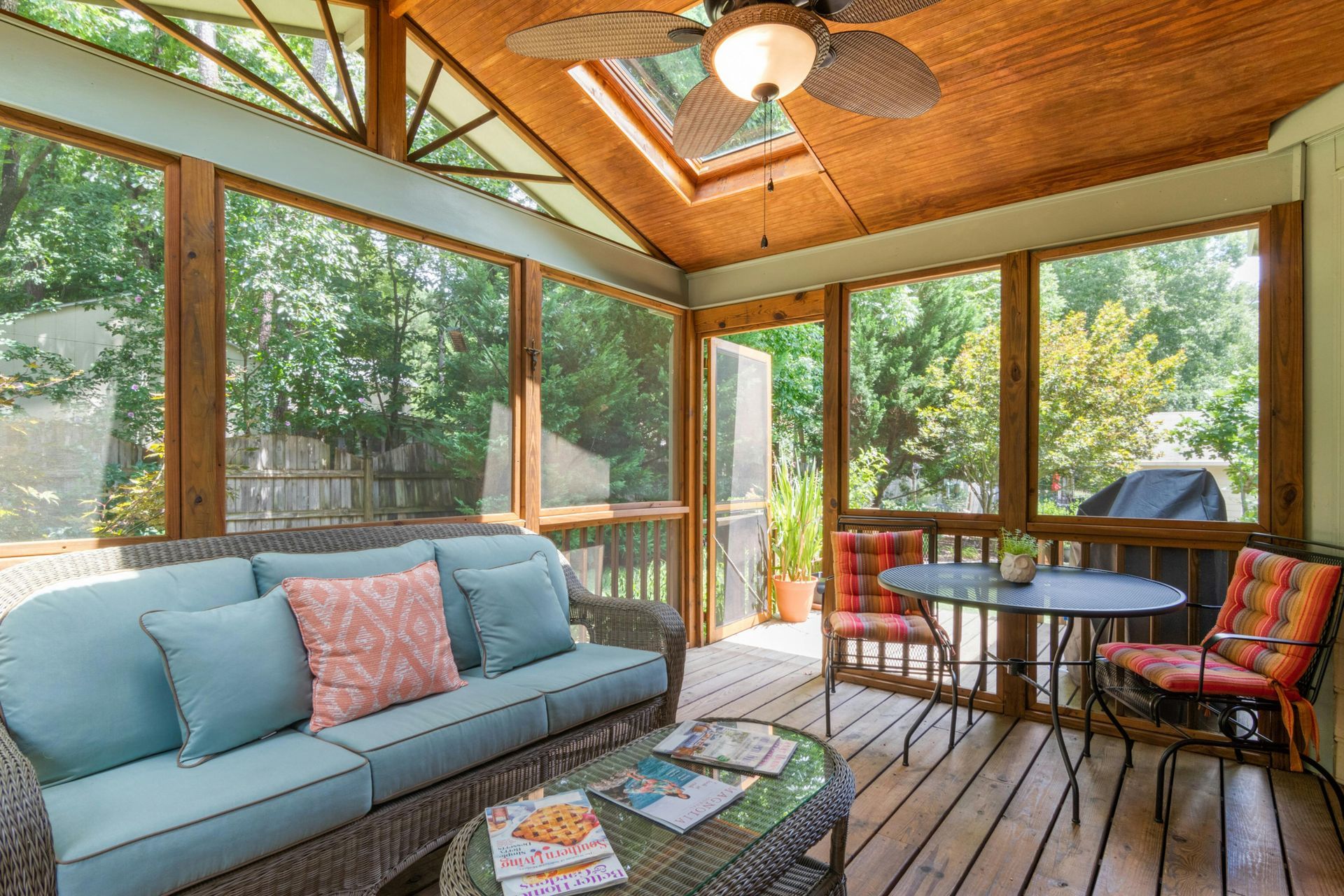
Adding a sunroom is like giving your home its own personal retreat—a bright, comfortable space to enjoy natural light without the hassle of bugs, rain, or extreme heat.
Looking to turn a spare corner or outdoor space into a peaceful reading nook, a cozy plant room, or your new favorite family hangout? This guide breaks down everything you need to know—from costs and design ideas to hidden expenses and long-term benefits. Keep reading to plan your perfect sunroom!
What Is a Sunroom and Why Add One to Your Home?
A sunroom is a glassed-in living space that typically connects to the rest of your home and lets in a ton of natural light. It can function as a cozy breakfast nook, reading area, or even a mini office with a view. What makes it different from a standard room? It's all about light, windows, and outdoor connection.
Sunrooms give you:
- A bright, relaxing space with a great view
- Protection from the elements while still enjoying nature
- A flexible room for multiple uses
It’s a popular upgrade in both mild and seasonal climates, especially for homeowners looking to boost both comfort and resale value.
Types of Sunroom Additions: Which One Is Right for You?
Choosing the right type of sunroom depends on how you plan to use the space, your local climate, and your overall budget. Each style offers different levels of comfort, insulation, and aesthetic appeal. Let’s break down the most common types so you can find the perfect match for your home.
Three-Season Sunroom
A three-season sunroom is a popular option for homeowners looking for a bright and airy space without the full price tag of a four-season room. These sunrooms are typically used during spring, summer, and fall and are not meant for extreme winter temperatures.
- Built with lightweight materials like aluminum and single-pane glass
- No central heating or cooling, though portable units can be added
- Offers a flexible space for relaxing, dining, or entertaining
- More affordable to build and maintain than insulated options
They’re great for homeowners in milder climates or those who just want a sunny escape during the warmer months.
Four-Season Sunroom
If you want to enjoy your sunroom every day of the year, a four-season model is the way to go. These are fully integrated with the rest of your home’s living space and built to handle heat, cold, humidity, and everything in between.
- Features full insulation in walls, floors, and ceiling
- Equipped with energy-efficient windows and doors (usually double-pane)
- Often connected to your home’s HVAC, or has a separate ductless system
- Designed to look and function like a permanent part of your home
Four-season rooms are ideal for homeowners looking to expand their usable living space year-round, whether it's for a home office, gym, or extended family room.
Solarium
Solariums are designed for maximum sunlight exposure. These stunning, all-glass structures typically feature a glass roof and walls, creating an immersive indoor-outdoor experience.
- Allows natural light from all directions—great for plants and sun lovers
- Often framed in aluminum or steel to support the weight of glass
- Can get very warm in the summer, so ventilation or air conditioning may be needed
- Offers a unique architectural statement that elevates your home’s style
These are best suited for homeowners who want a striking design and love the idea of being surrounded by sky views and nature, without being exposed to the elements.
Screen Room
Screen rooms are the simplest and most budget-friendly type of sunroom. They feature mesh screening instead of glass and are typically used during warmer months.
- Provides ventilation and protection from bugs and debris
- Built without insulation or glass, making it more like an enclosed porch
- Excellent for outdoor dining, casual lounging, or even a hot tub area
- It can sometimes be converted into a sunroom later by adding glass panels
If you want an affordable upgrade that brings the outdoors in, a screen room is a great starting point.
Conservatory
Inspired by traditional English architecture, conservatories are ornate, elegant sunrooms often used for formal entertaining, indoor gardening, or reading spaces.
- Features a glass ceiling (often pitched or domed) and detailed framework
- Usually custom-built with premium materials like hardwood or steel
- Offers a luxurious aesthetic with panoramic views and refined style
- Requires more investment and ongoing maintenance
These are perfect for homeowners looking to create a statement space that blends sophistication with sunlight, often used as showpiece rooms in upscale properties.
Hidden Costs You Should Budget For
When planning a sunroom addition, it’s easy to focus on the big items like square footage or window style. But it's the overlooked details—those hidden costs—that can quietly stretch your budget if you're not prepared. Factoring these in from the start can save you stress and unexpected expenses down the road.
Here are some common hidden costs to watch for:
- Permits and approvals: Most municipalities require permits for structural changes, electrical work, and HVAC installation. Permit fees and inspections can add both cost and time to your project.
- Heating and cooling integration: If you want to enjoy your sunroom year-round, you’ll need a reliable climate control system. Options include extending your home’s HVAC or installing a ductless mini-split unit—both of which require additional materials and labor.
- Insulation and weatherproofing: Proper insulation for the walls, floors, and roof ensures comfort and energy efficiency, especially in four-season sunrooms. Skimping here can lead to higher utility bills and inconsistent temperatures.
- Electrical work: Even basic features like outlets, overhead lighting, and ceiling fans require professional wiring. Some homes may also need electrical panel upgrades to support the added load.
- Interior finishing touches: Flooring, trim, paint, and fixtures all contribute to the look and feel of your new space. These finishing details often aren’t included in rough estimates but can have a significant impact on the final budget.
- Windows and doors: Choosing high-quality, energy-efficient models improves comfort and performance, but at a higher price. Large custom windows or patio doors also require expert installation.
Being aware of these elements helps you build a realistic budget and prioritize what matters most.
Design Considerations for Your Sunroom
You’ve got options, but they come with trade-offs. Planning your design carefully makes all the difference.
- Sunlight orientation: South-facing rooms get more light, perfect for winter warmth. North-facing rooms stay cooler and more consistent year-round.
- Framing material:
- Vinyl is low-maintenance and cost-effective
- Aluminum is strong but less insulated
- Wood is gorgeous but needs regular upkeep
- Roof types:
- Gable roofs look classic and offer better drainage
- Studio roofs are simpler and modern
- Glass roofs maximize sunlight, but increase heating needs
- Flooring: Tile, engineered wood, and even luxury vinyl are great for temperature changes and daily use.
A well-planned design ensures the sunroom feels like part of your home, not an afterthought.
How to Make Your Sunroom Energy Efficient
If you’re building a four-season sunroom, energy efficiency matters. It impacts not just comfort but your utility bills too.
- Use double-pane or low-E glass to reduce heat loss and glare
- Add insulation in the floors, walls, and ceiling
- Choose ductless mini-split HVAC units for targeted heating and cooling
- Use solar shades or window films to control light and UV exposure
Efficient sunrooms also qualify for some green home incentives or tax credits, depending on your area. You can explore some options on the
Energy.gov guide to home efficiency.
Creative Ways to Use a Sunroom Year-Round
A sunroom isn’t just a lounge space—it can be whatever you want it to be.
- Morning coffee spot or breakfast nook
- Cozy reading area
- Indoor greenhouse or plant room
- Home office with natural light
- Playroom for kids
- Yoga or meditation space
- Entertaining space with comfy furniture and string lights
Think about your lifestyle and how this room could enhance it daily.
Permits, Zoning, and HOA Requirements
Before you start building a sunroom, it’s important to check the local regulations that apply to your property. In most areas—including Jacksonville—you’ll need permits for any structural addition, especially one that involves electrical work, HVAC systems, or foundation changes.
Beyond permits, you might also have to consider zoning laws, such as setback requirements that dictate how close your structure can be to property lines. If you live in a neighborhood with a homeowners’ association (HOA), there may be specific design guidelines or approval processes you must follow. City or county inspections may also be required at different stages of the project.
Navigating all of this can be overwhelming, which is why working with a licensed contractor is so valuable. A professional will handle the paperwork, communicate with your local building department, and make sure everything is built to code, saving you time, stress, and potential fines.
Maintenance and Longevity: What to Expect
Like any space, sunrooms require upkeep. Here’s what you’ll likely deal with:
- Cleaning large windows inside and out
- Managing condensation or moisture (especially in humid areas)
- Resealing gaps and caulking as the structure settles
- Repairing roof panels or screens if damaged by weather
Good maintenance extends the lifespan of your investment and keeps it looking great for years.
Bringing in the Experts
If you're planning a sunroom in Jacksonville or anywhere in Florida, Sunshine State can help bring your vision to life. Their team specializes in custom home additions—including three-season and four-season sunrooms—and takes care of everything from permitting to finishing touches.
With their experience in Florida’s climate and code requirements, they’ll help you choose the right materials, layout, and energy-efficient features. Whether you’re dreaming of a cozy sunlit retreat or a year-round entertainment space, they can design and build it to match your home perfectly.
Conclusion: More Sun, More Space, More Value
A sunroom is more than just a pretty space—it’s a functional, flexible room that brings light, comfort, and value to your home. By understanding the costs, planning your design wisely, and choosing the right contractor, you can enjoy the outdoors from the comfort of your living room, all year long.
Ready to take the next step? Whether you’re in the early idea phase or already collecting estimates, start by reaching out to trusted pros and exploring options that fit your lifestyle and budget.




